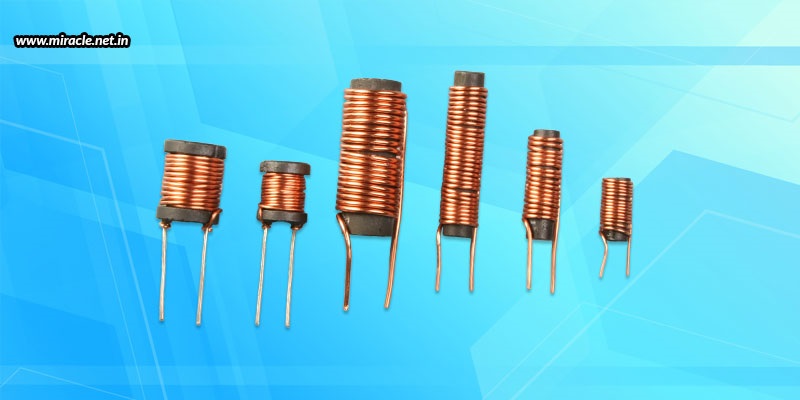TOROIDAL TRANSFORMERS – MAGNETIC PROPERTIES AND CORE MATERIALS

Toroidal transformers are highly valued for their efficiency, small size, and low electromagnetic interference (EMI). They are easily recognized by their characteristic doughnut-shaped cores. The performance and efficiency of these transformers are largely dependent on the core material. Amorphous steel, silicon steel, ferrites, and powdered iron are some of the core materials generally utilized in toroidal transformers . Transformer performance is greatly impacted by the magnetic characteristics of each material, including coercivity, saturation flux density, permeability, and core losses. Transformer efficiency, size, weight, thermal performance, frequency response, and noise reduction may all be optimized by understanding these characteristics, guaranteeing the best results for a given application. Let’s examine the characteristics of each of the above-mentioned core materials, and their impact on the transformer’s performance and efficiency in the blog below. Silicon s...

